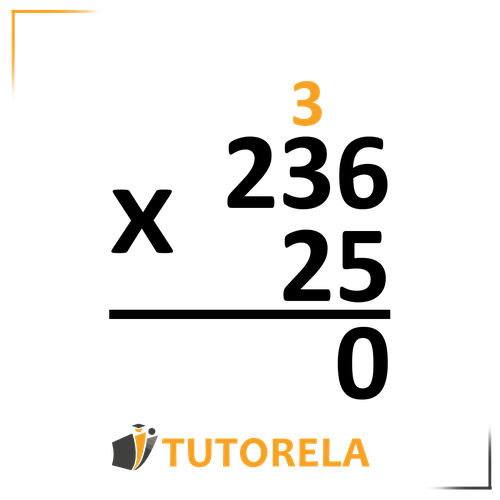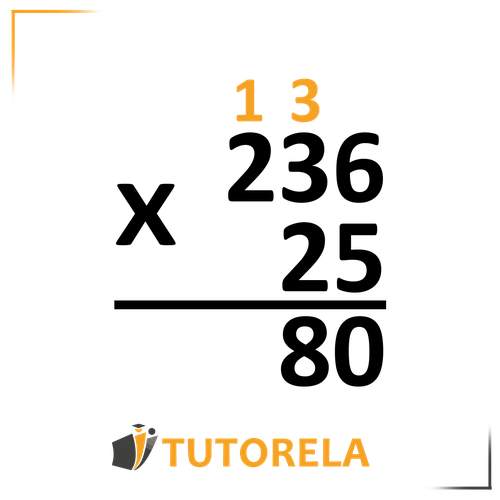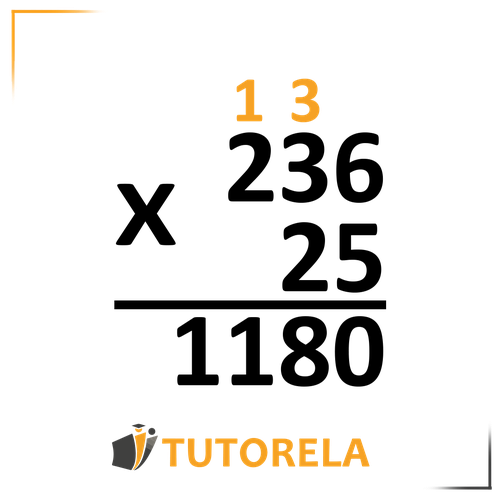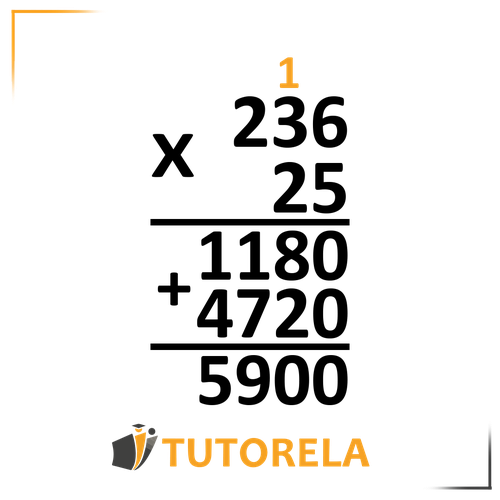Vertical multiplication is a method used to multiply numbers by aligning them vertically, with one number on top of the other. This layout makes it easier to multiply digits step by step, especially when dealing with multi-digit numbers.
Vertical Multiplication Practice Problems & Worksheets
Master vertical multiplication with step-by-step practice problems. Learn multi-digit multiplication methods, improve accuracy, and build confidence with guided exercises.
- Multiply 2-digit and 3-digit numbers using vertical alignment method
- Apply proper place value positioning in multi-digit multiplication problems
- Master carrying and regrouping techniques for accurate calculations
- Solve real-world word problems using vertical multiplication strategies
- Build speed and accuracy with timed multiplication practice exercises
- Identify and correct common multiplication errors and misconceptions
Understanding Vertical Multiplication
Vertical Multiplication
Steps for Vertical Multiplication:
Solving Vertical Multiplication is easy when following these steps:
1. Write the Numbers Vertically Properly:
Place the larger number on top and the smaller number below it, aligning the digits by their place values (ones under ones, tens under tens, etc.) .

2. Multiply Each Digit Systematically:
Start by multiplying the bottom number’s rightmost digit (ones place) with each digit of the top number, working from right to left. Write the results below, ensuring they are aligned properly.

3. Add the Carry:
If the product of two digits exceeds 9, write down the ones place and carry the tens place to the next column.

4. Shift for Place Value:
When moving to the next digit of the bottom number, shift the results one place to the left (to account for place value).

5. Add the Results:
After multiplying with all digits of the bottom number, add the rows of partial products to find the final result.

Important rules to keep in mind
Learn the multiplication tables thoroughly and follow these rules:
First rule
Write down the exercise correctly:
The ones under the ones, the tens under the tens, and the hundreds under the hundreds.
The number with more digits will be written above the one with fewer digits.
Second rule
When the product is greater than it is stored at the top left and must be remembered to add it to the next result.
Third rule
Before moving on to multiply the next digit, the "numbers stored" at the top left must be erased to avoid confusion.
Fourth rule
We will add a below the result to indicate that we have moved to the next digit, each row of results will start one place to the left in relation to the previous row.
Practice Vertical Multiplication
Examples with solutions for Vertical Multiplication
To solve the multiplication problem , we'll perform the following steps:
- Step 1: Break down into tens and units. So, can be written as .
- Step 2: Multiply each component separately by .
- Step 3: Calculate and separately.
- Step 4: Sum the results of the above calculations to find the total product.
Now, let's execute these steps specifically:
Step 1: Represent as . This simplifies the multiplication process.
Step 2: Multiply the tens: .
Step 3: Multiply the units: .
Step 4: Now, add the two results: .
Therefore, the product of is .
Answer:
To solve this multiplication problem, follow these clear steps:
- Step 1: Align the numbers vertically (place 26 above 6), ensuring the digits are properly arranged by place value.
- Step 2: Begin multiplication with the unit digit of the bottom number (6). Multiply 6 by each digit in 26, starting from the right.
Now, let's perform the calculations:
Step 1: Multiply the units digit of 6 with the number 26:
- . Write 6 in the units place of the answer, and carry over the 3.
- Next, multiply . Then, add the carryover (3) to 12, resulting in 15.
Step 2: Write 15 next to the 6 in the result. Thus, the complete multiplication gives 156.
Therefore, the solution to the problem is .
Answer:
To solve this multiplication problem, we will perform the following steps:
- Step 1: Write the two-digit number 19 as the sum of its place values: 19 = 10 + 9.
- Step 2: Multiply the first term (10) by 6: .
- Step 3: Multiply the second term (9) by 6: .
- Step 4: Add the results of the two multiplications: .
Therefore, the product of 19 and 6 is .
Answer:
To solve this multiplication problem, we will use the vertical multiplication method:
- Step 1: Multiply the ones digit of the first number by the second number.
- Here, multiply . Record the 1 in the ones place and carry over the 2.
- Step 2: Multiply the tens digit of the first number by the second number, and add any carried over value from the first step.
- Calculate . Add the carry-over of 2 to this result, which gives .
- Write the 51 on top of where we placed our previous result, so it becomes 5 at the tens and hundreds position.
Therefore, the final multiplied value is .
The correct answer choice is option 4: .
Answer:
To solve this multiplication problem, we will use vertical multiplication:
- Step 1: Write down the multiplication in the vertical form:
- Step 2: Multiply the one's digit of the bottom number (3) by the one's digit of the top number:\
3 \times 6 = 18. Write 8 in the one's place and carry over 1 to the next place. - Step 3: Multiply the tens digit of the top number (9) by 3:
3 \times 9 = 27. Add the carryover 1, getting 28. Write 28 in the tens and hundreds places. - Step 4: Write down the results:
Therefore, the product of is .
Hence, the correct answer is choice .
Answer: